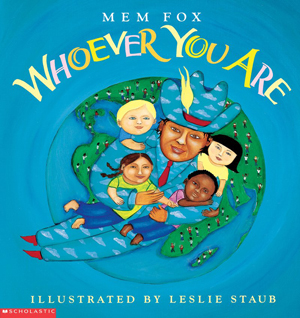 If we want to make students better readers, how much they read matters.
If we want to make students better readers, how much they read matters.
To foster students’ interest in reading, teachers can use interest and motivation inventories as well as online resources—such as book trailers and YouTube videos—to entice students and to empower them to choose their own texts.
In the context of reading, interest is a person’s willingness to engage with specific content. Capturing students’ reading interest is important, as interest can impact students’ motivation to read. In The Reading Teacher, Springer, Harris, & Dole (2017) present four research-based principles of reading interest. The first research-based principle is individual interest, which is self-directed and tied to a student’s personal interest in a topic. The second principle, situational interest, occurs when teachers create exciting instructional activities. The third way teachers can affect reading interest is by choosing texts that are interesting in terms of organization, design, and storytelling. The fourth principle is interest regulation, when students learn how to read and comprehend texts that are not interesting to them. Using these principles, teachers can help students to develop a lifelong motivation to read.
One way to create reading excitement is by sharing book trailers—short, promotional, often animated videos designed to introduce a book and to “hook” readers’ interest. Examples include Geek Girl by Holly Smale and Inside Out and Back Again by Thanhha Lai. Students can browse YouTube channels, such as Scholastic’s Book Trailers playlist and the Children’s Book Council’s Picture Book Trailers and YA Book Trailers playlists to gather ideas.
Students can also find book summaries, reviews, recommendations, read-aloud channels, and more on YouTube. For example, if a student wants to listen to Mem Fox’s Whoever You Are, he or she can choose from a long list of video readings, including a musical version. Robert Sabuda, pop-up book designer, has adapted books such as The Little Mermaid. These videos provide a multisensory reading experience to help make the story more engaging and enjoyable for students.
Teachers can also explore free, high-quality, audiobooks and e-books for children ages 12 and under here. These stories can be accessed anywhere and anytime, in different languages, and on many kinds of devices.
When teachers choose literature to add to their curriculum, they must also provide students with options that reflect a wide range of gender, racial, ethnic, cultural, and language diversity.
A great source of diverse literature options is the International Literacy Association’s (ILA) Children’s Literature and Reading Special Interest Group, which publishes weekly book reviews on ILA’s blog, Literacy Daily. Other popular lists include ILA’s Choices Reading Lists, Caldecott Medal Winners and Honor Books, Newbery Medal Winners and Honor Books, The Coretta Scott King Book Awards, American Indian Youth Literature Awards, Arab American Book Awards, and Asian/Pacific American Award for Literature. Although browsing these lists is a time-consuming task, I believe that enriching classroom and school libraries with interesting books for all readers is vital.
The following is a list of my own recommendations for high-interest, children’s and young adult reading in a diverse classroom.
- All Rise for the Honorable Perry T. Cook by Leslie Connor (HarperCollins)
- The Book With No Pictures by B.J. Novak (Penguin)
- A Boy Called Christmas by Matt Haig (Penguin)
- Fall Is for School by Robert Neubecker (Hyperion)
- Full of Fall by April Pulley Sayre (Simon & Schuster)
- Geek Girl by Holly Smale (HarperCollins)
- The Girl Who Saved Christmas (Knopf)
- Iggy Peck, Architect by Andrea Beaty (Abrams)
- Inside Out & Back Again by Thanhha Lai (HarperCollins)
- The Lion & the Mouse by Jerry Pinkney (Little, Brown)
- The Stinky Cheese Man and Other Fairly Stupid Tales by Jon Scieszka (Viking)
- A Thousand Splendid Suns by Khaled Hosseini (Penguin)
- Too Many Tamales by Gary Soto (Puffin)
- Whoever You Are by Mem Fox (Houghton Mifflin)
 Marilyn E. Moore is a professor at National University in La Jolla, CA, and serves as the faculty director for the Reading Program.
Marilyn E. Moore is a professor at National University in La Jolla, CA, and serves as the faculty director for the Reading Program.
This article is part of a series from the International Literacy Association Technology in Literacy Education Special Interest Group (TILE-SIG).